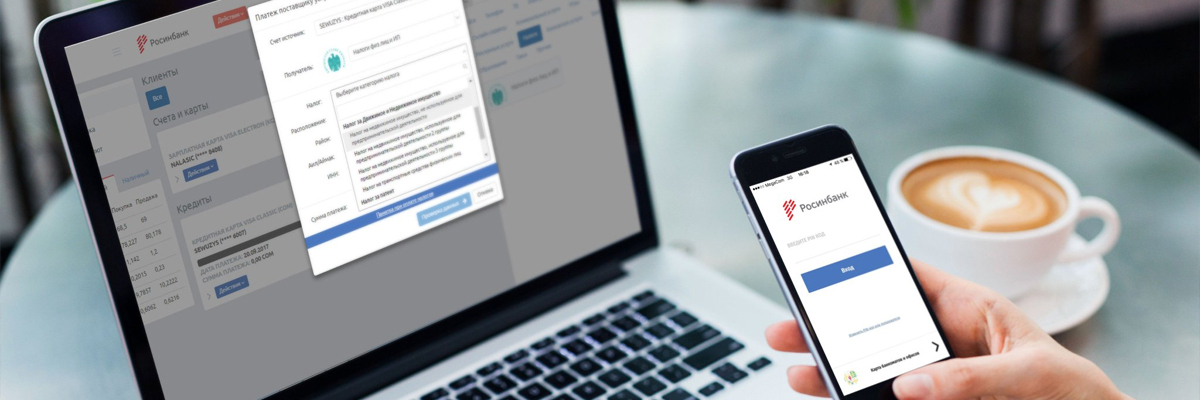How to Create an Inclusive App? – Now You Know
The quest for inclusivity has become a paramount concern for app developers worldwide. With a growing recognition of the importance of diversity and accessibility, creating an inclusive app has transformed from a mere obligation to a strategic imperative.
By embracing the principles of inclusivity, app creators can revolutionize user experiences, expand their user base, and foster a sense of belonging for all individuals. This all-in-one blog will delve into the multifaceted journey of creating an inclusive app that celebrates diversity and upholds accessibility.
1. User-Centricity
At the heart of an inclusive app lies a deep understanding of your diverse user base. Embark on a user research journey, engaging with individuals from various backgrounds, cultures, abilities, and preferences. Conduct surveys, interviews, and usability tests to gather insights into their needs, desires, challenges, and aspirations. By delving into their stories and experiences, you can cultivate empathy and gain valuable insights to inform your app design decisions. This user-centric approach allows you to create an inclusive app that truly connects with and caters to your users’ diverse identities and experiences.
2. Diversity in Design
Embrace diversity within your design team, recognizing that a range of perspectives enhances the inclusive design process. Build a multidisciplinary team with individuals from different cultural backgrounds, abilities, and experiences. You can challenge assumptions, break down biases, and uncover innovative solutions by leveraging diverse perspectives. Collaboratively, your team can create an app that authentically reflects the richness of human diversity. This approach will foster an inclusive user experience that resonates with a broader user base, leading to higher user engagement and satisfaction.
3. Accessibility as a Cornerstone
According to the Software Development Company in California, prioritizing accessibility is fundamental to building an inclusive app. Ensure that your app is accessible to individuals with disabilities, allowing them to engage with its functionalities fully. Implement accessibility features such as screen reader compatibility, captioning and transcripts for multimedia content, adjustable text sizes and contrast options, keyboard navigation, and voice commands. By designing with accessibility in mind, you empower users with different abilities to navigate, interact with, and benefit from your app. This commitment to accessibility fosters inclusivity and equal participation, ensuring that every user can fully embrace the app experience.
4. Language
Language plays a vital role in fostering inclusivity within your app. Employ inclusive language that avoids stereotypes, offensive terms, and gender bias. Strive to provide localization options that respect linguistic diversity, considering nuances and cultural sensitivities. Be mindful of idiomatic expressions, cultural references, and potentially insensitive terms when translating or localizing your app. You can ensure that all users feel represented, respected, and included within the app’s ecosystem through inclusive language and localization. This strengthens user engagement and forges deeper connections with diverse communities.
5. Iterative User Testing
Embrace an iterative approach to app development by involving users from diverse backgrounds in user testing sessions. Solicit their feedback, concerns, and suggestions to gain valuable insights into improving your app’s inclusivity and usability. Conduct usability tests, focus groups, and surveys to collect qualitative and quantitative data on the user experience. Analyze this feedback and integrate user insights into your design and development cycles. Listening attentively and responding to user feedback can refine and enhance the app’s features, design, and accessibility. This iterative process empowers you to address potential barriers, fix usability issues, and create an app that caters to the evolving needs of your diverse user base.
6. Technological Adaptability
An inclusive app should be adaptable to a wide range of devices and varying network capabilities. Optimize your app to deliver seamless performance, even on lower-end devices or areas with limited connectivity. Minimize data usage and consider alternative technologies, such as progressive web apps, to ensure users from diverse socio-economic backgrounds can access and benefit from your app. By bridging technological divides, you create a more inclusive digital ecosystem where every user can participate and thrive. This commitment to technological adaptability removes barriers and ensures your app reaches users across diverse contexts and devices.
7. Inclusive Content and Representation
Inclusivity goes beyond the design and functionality of an app; it also extends to the content and representation within the app. Ensure your app features diverse and inclusive content, including images, videos, and text representing various cultures, ethnicities, genders, and abilities. Incorporate diverse voices and perspectives to avoid perpetuating stereotypes or exclusion in your content creation process. By offering inclusive content, you create a welcoming and empowering space for all users where they can see themselves reflected and valued.
8. Continuous Learning and Adaptation
Inclusivity is an ongoing journey that requires a commitment to continuous learning and adaptation. Stay updated on the latest research, trends, and best practices related to inclusivity in app design. Regularly engage with your user community, seeking feedback and staying attuned to their evolving needs. Keep an eye on societal changes, cultural shifts, and emerging technologies that may impact the inclusivity of your app. By remaining open, receptive, and adaptable, you can continuously refine and evolve your app to ensure it remains inclusive and relevant in an ever-changing world.
The Takeaway
Creating an inclusive app demands a holistic approach that embraces diversity, accessibility, user-centricity, inclusive language, iterative refinement, and technological adaptability. Integrating these fundamental principles and strategies into your app development process allows you to foster a sense of belonging, forge meaningful connections with a diverse user base, and make a positive societal impact. Let inclusivity drive your app’s design, empowering individuals from all backgrounds to engage, connect, and flourish in a digital world that celebrates their unique identities and experiences.

